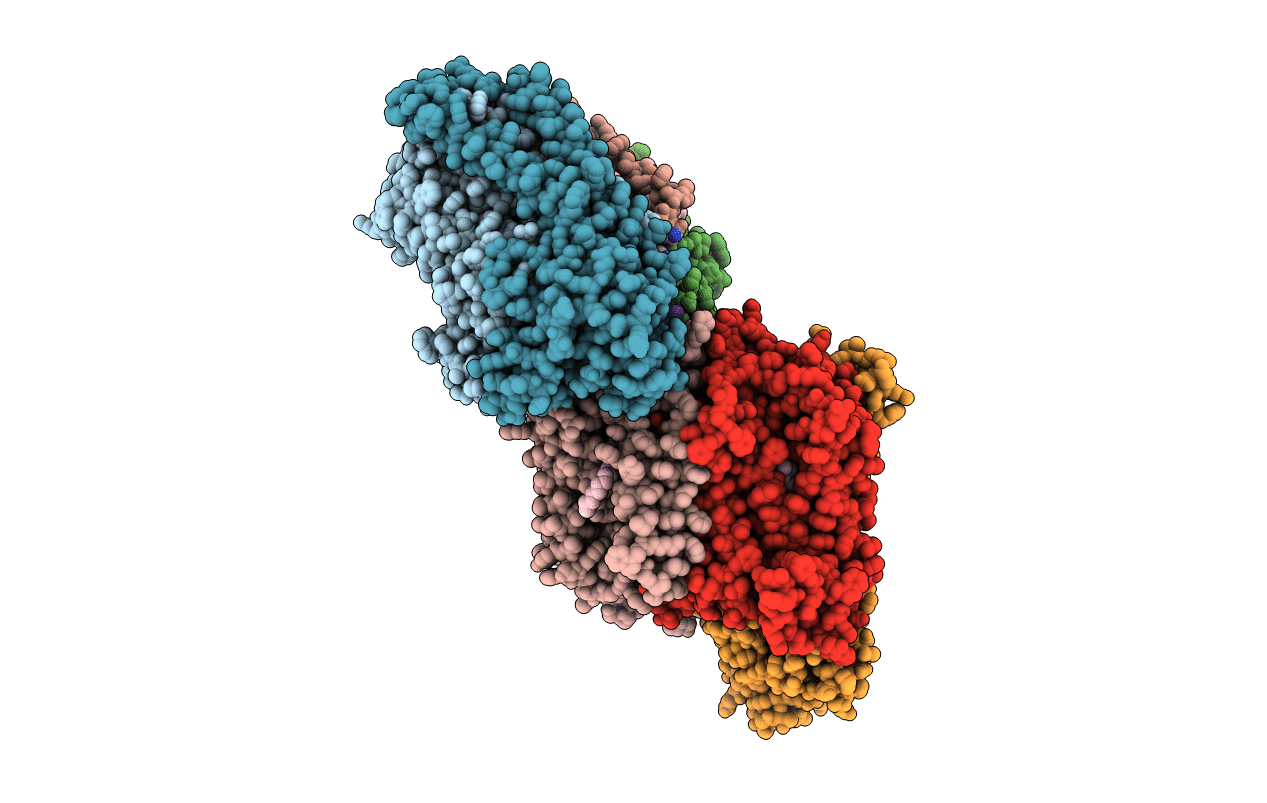
Deposition Date
2002-07-08
Release Date
2002-08-28
Last Version Date
2024-10-30
Entry Detail
PDB ID:
1M57
Keywords:
Title:
Structure of cytochrome c oxidase from Rhodobacter sphaeroides (EQ(I-286) mutant))
Biological Source:
Source Organism:
Rhodobacter sphaeroides (Taxon ID: 1063)
Host Organism:
Method Details:
Experimental Method:
Resolution:
3.00 Å
R-Value Free:
0.32
R-Value Work:
0.29
R-Value Observed:
0.29
Space Group:
H 3


